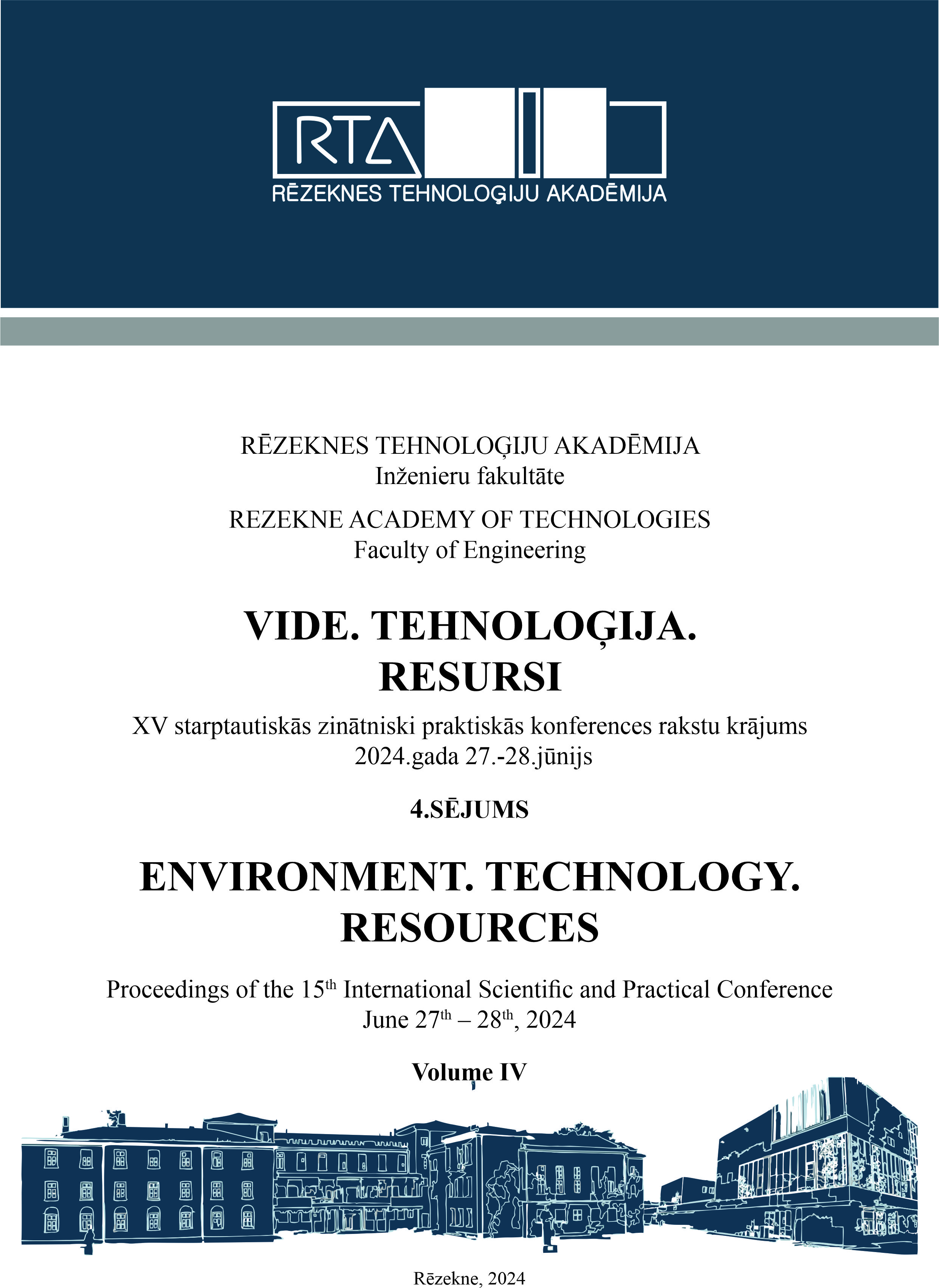A PRELIMINARY STUDY OF PHOTON RADIATION ATTENUATION FROM BALLISTIC PROTECTION MATERIALS
DOI:
https://doi.org/10.17770/etr2024vol4.8221Keywords:
radiation safety, attenuation coefficient, hard armor plateAbstract
Modern ballistic protection equipment is lightweight, flexible, and withstand multiple types of threats. Depending on their purpose, they are assembled from various materials, with ceramic plates and composites based on high-performance polymer fibers finding wide application in recent years. Multilayer fabrics with different textures woven from synthesized special mechanically high-resistant polymer fibers successfully withstand the high-speed and high-energy impact of the striking element. Given the risk of exposure to radiation during military conflicts or industrial accidents, it is necessary to know the anti-radiation parameters of protection means. The report attempts to establish the degree of protection against photon radiation in the range of 40 KeV to 120 KeV for samples of ballistic panels with ballistic protection levels III+, III++, and IV. The degree of attenuation of photon radiation with these energies was measured by irradiating the examined ballistic panels. A dose-dependence has been obtained with level of ballistic protection for the specific material as a function of the energy of photon irradiation.
References
H. Theodore Harcke et al., Imaging Body Armor. Belmont, CA: Wadsworth, 1993, pp. 123-135. Military Medicine, Volume 167, Issue 4, April 2002, Pages 267–271.
Y. Karabul, "Ionizing Radiation Shielding Properties of Tantalum Pentoxide Doped High-Density Polyethylene Composites: A Theoretical Study". Journal of Engineering Technology and Applied Sciences 8 (3) 2023 : 143-154.
Plamen Tashkov, “Ballistic impact study on textile structures”. Sophia: Defence Advanced Research Institute. 2002.
B. Genov, Nikolov N. V., G. Genov, Development of ballistic methods for ballistic protection testing, MNC “CHEMUS 2006”, collection. tr., 2006, ISSN: 1312-2916 (print), p. 329-337.
Ynа Dimitrova, “Analytical model for examination of shots grouping alteration in single fire shooting”, International scientific conference “Defense Technology Forum 2023”, Shumen 2023, с. 355-358, ISSN 2815-4274.
Ballistic Resistance of Personal Body Armor. NIJ Standard–0101.04.Available:https://nij.ojp.gov/library/publications/ballistic-resistance-personal-body-armor-nij-standard-010104
“Handbook of basic quality control tests for diagnostic radiology”, IAEA Human Health Series No. 47, International Atomic Energy Agency, Vienna, 2023.
D. Dimitrov, “Analytical model of the geometric image of targets with complex spatial configuration”, Scientific Session with International Participation, VVUAPVO "P.Volov", Proceedings, Shumen, 2001; Proceedings Part II, pp. 111 - 116, Shumen, 2002 ISBN 954-9681-02-3.
Radcal Corporation. Available: https://radcal.com/
SOFIMAE. Available: https://www.sofimae.fr/
MARS Armor, “MARS Armor Catalog. Armor Hard Armor”, 2230 Kostinbrod, Bulgaria, 2 Poleto, Industrial Zone. Available: https://www.marsarmor.com.
Downloads
Published
Issue
Section
License
Copyright (c) 2024 Krasimir Kalev, Lyubomir Manov

This work is licensed under a Creative Commons Attribution 4.0 International License.



